Affordable phones used to have poor performance, resulting in a miserable experience. However, reasonable phones improve year after year, and you don’t have to pay a lot of money to have a phone with outstanding features. The finest phones for under $500 include an excellent camera system, respectable performance, and a large display. Most of these phones offer features seen in flagship handsets that cost more than $1,000. They even receive many years’ worth of software and security upgrades to keep the phone running for longer.
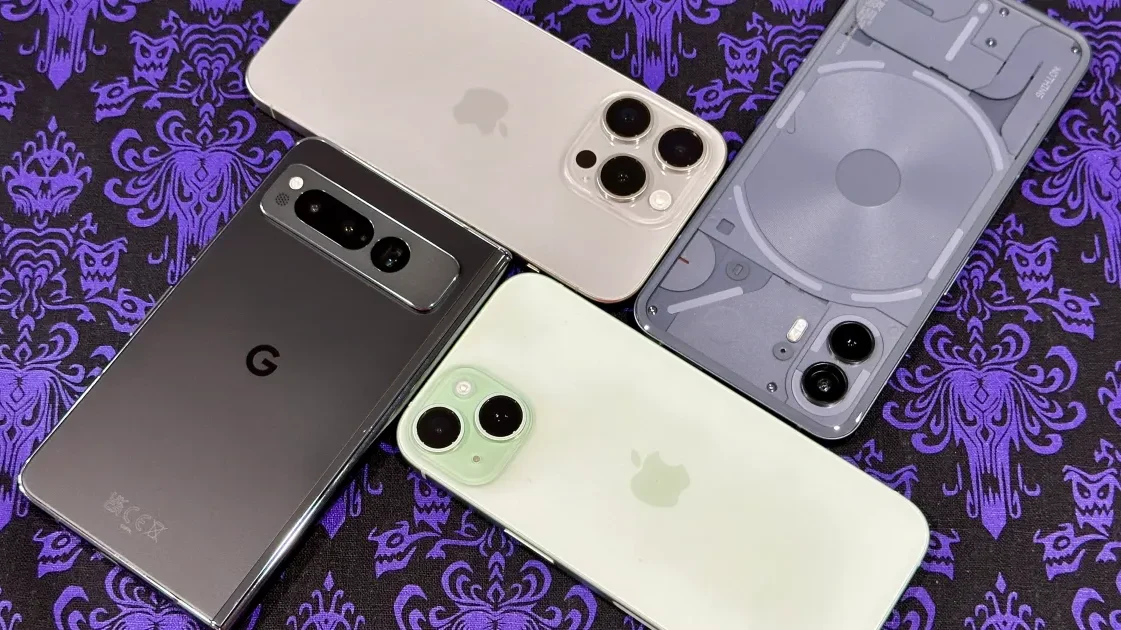
These phones do make concessions to justify why they’re less expensive than phones that cost more than $500, but those compromises are increasingly in areas that may not raise any red flags when you just want a dependable device for everyday usage. Apple’s iPhone SE and Google’s Pixel 6A and 7A smartphones, for example, feature smaller displays but use newer CPUs and software. Samsung’s Galaxy A series of phones frequently resemble the Galaxy S line but operate on a less capable chipset. And while the Moto G pen 5G shoots good images, has a generous 256GB of storage, and has a pen, Motorola does not give software support for as long as competitors.
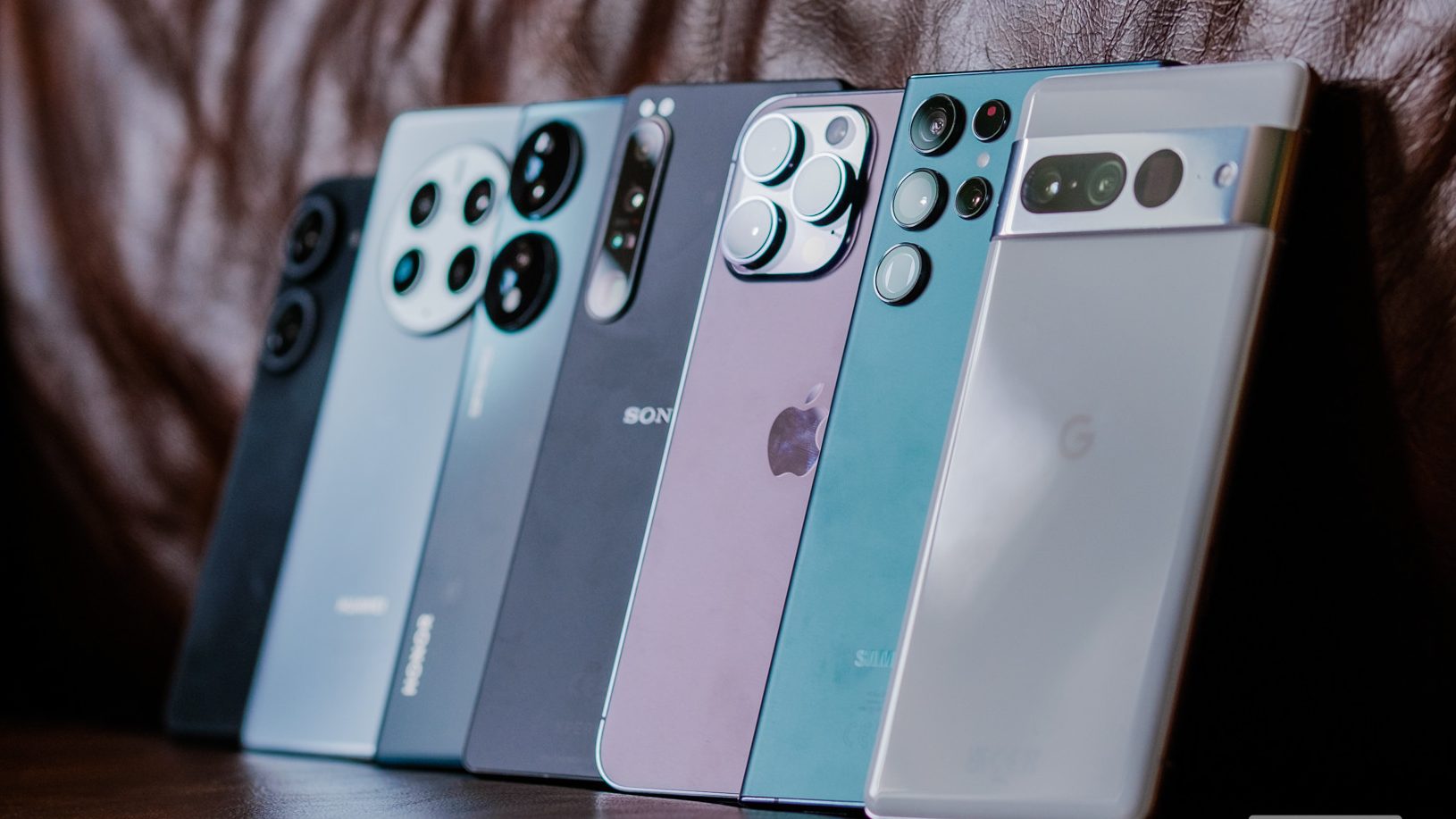
What is the best phone under $500?
Google’s $499 Pixel 7A is so similar to the $599 Pixel 7 and $699 Pixel 8, that it’s difficult to endorse the more costly alternative. The Pixel 7A uses the same Tensor G2 processor as in the 7 Pro to enable Google’s Pixel-exclusive capabilities. It has wireless charging, a 90Hz refresh rate, and a 64-megapixel primary camera combined with a 13-megapixel ultrawide lens. The Pixel 7A lacks the battery-share function of the Pixel 7 and the camera’s Action Pan option, as well as all of the AI capabilities seen in the more current Pixel 8.
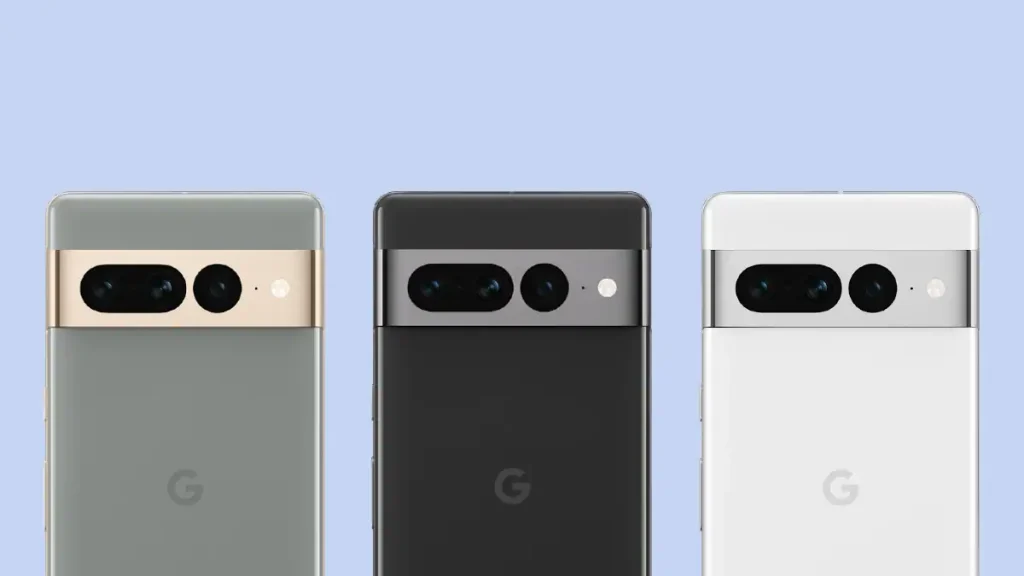
This is just an example of how midrange phones might not sport all the bells and whistles of flagships, but they often share key components like powerful processors, high-resolution displays, and decent cameras. Manufacturers might use slightly less advanced versions of these components or fewer lenses in the camera system, keeping costs down without sacrificing too much performance.
The advantages and disadvantages of each of these phones are listed here, with further information accessible in our complete reviews.
1. Samsung Galaxy A54 5G:
The Samsung Galaxy A54 5G sits comfortably in the midrange category due to its price, processor, camera setup, and build materials. While it won’t compete with top-tier flagships boasting the latest processors, multiple high-resolution camera lenses, and premium materials like metal and glass, it offers excellent value within its price range.
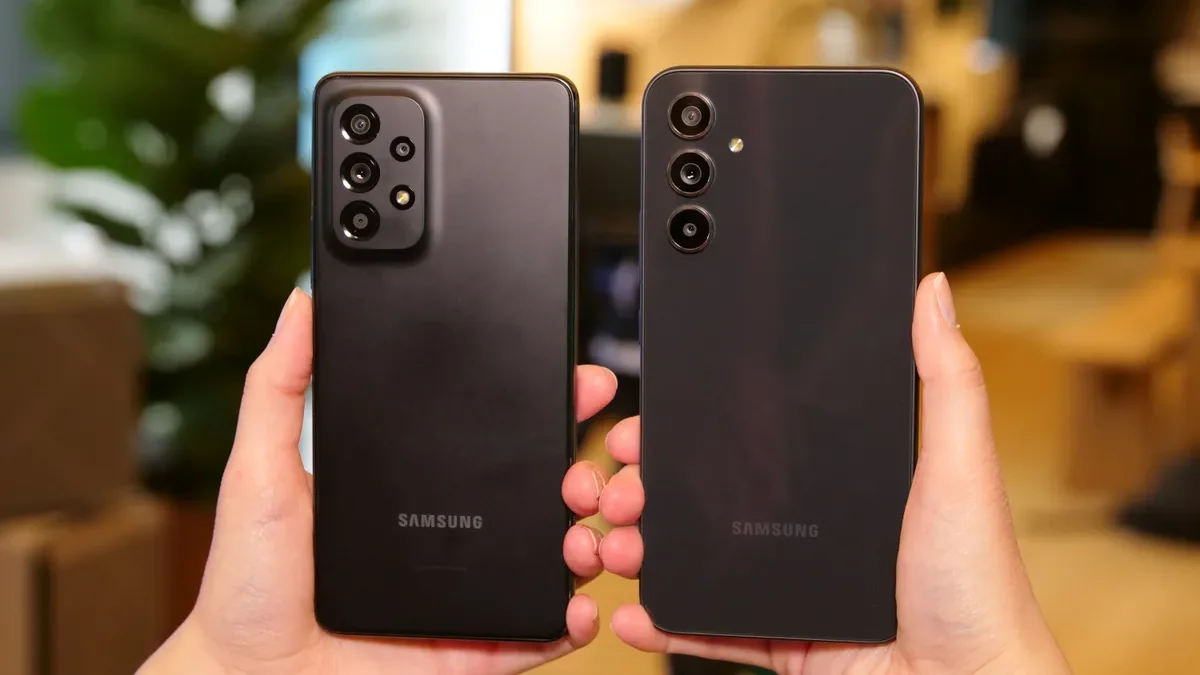
What truly sets the A54 apart is its vibrant 120Hz AMOLED display, often reserved for flagships, and its impressive battery life that surpasses even some higher-end models. Additionally, it runs the latest Android software with guaranteed updates, ensuring security and a smooth user experience. The sleek and modern design further sweetens the deal.
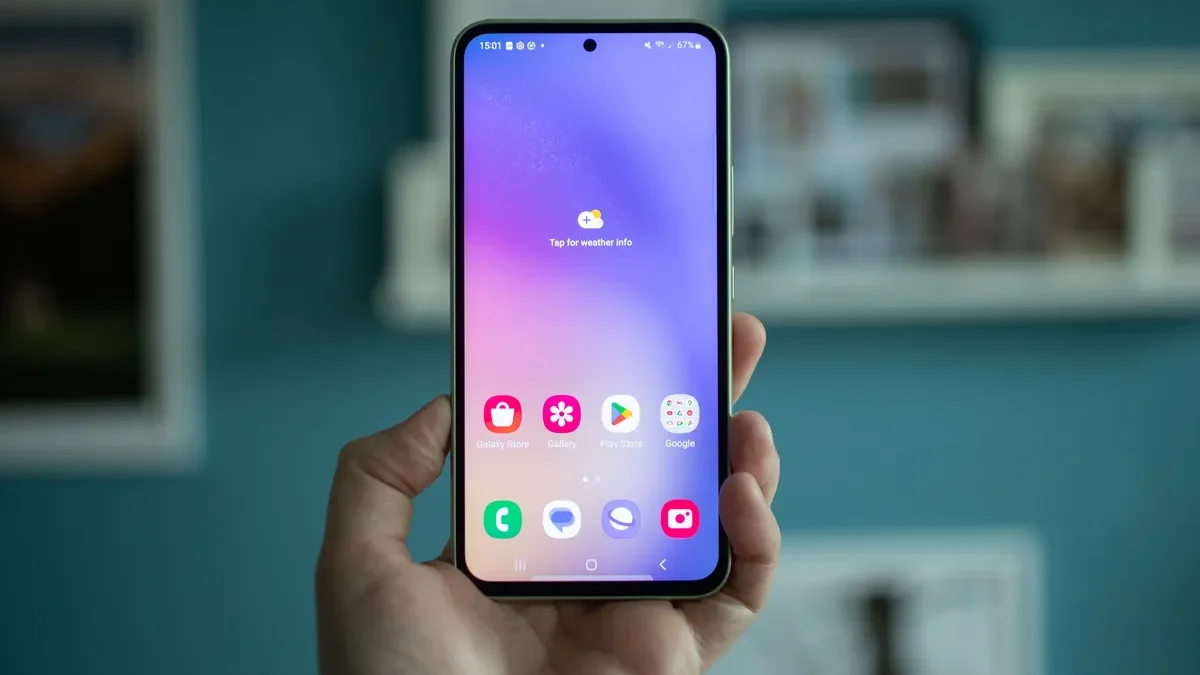
If you prioritize cutting-edge technology and top-of-the-line features, a flagship might be worth the splurge. But for users seeking a balance between affordability, great display, long battery life, and modern design, the Samsung Galaxy A54 5G emerges as a strong contender in the midrange market.
2. Google Pixel 7a:
Google’s Pixel 7a, despite boasting impressive features like a great camera and smooth software, lands solidly in the midrange category. Its price tag, starting around $450, sits below the flagship Pixel 8’s $800+ cost. Additionally, the 7a relies on the older Tensor G2 chip and lacks the telephoto and macro lenses of its flashier sibling. Finally, a plastic build and slower wireless charging further reinforce its midrange status.
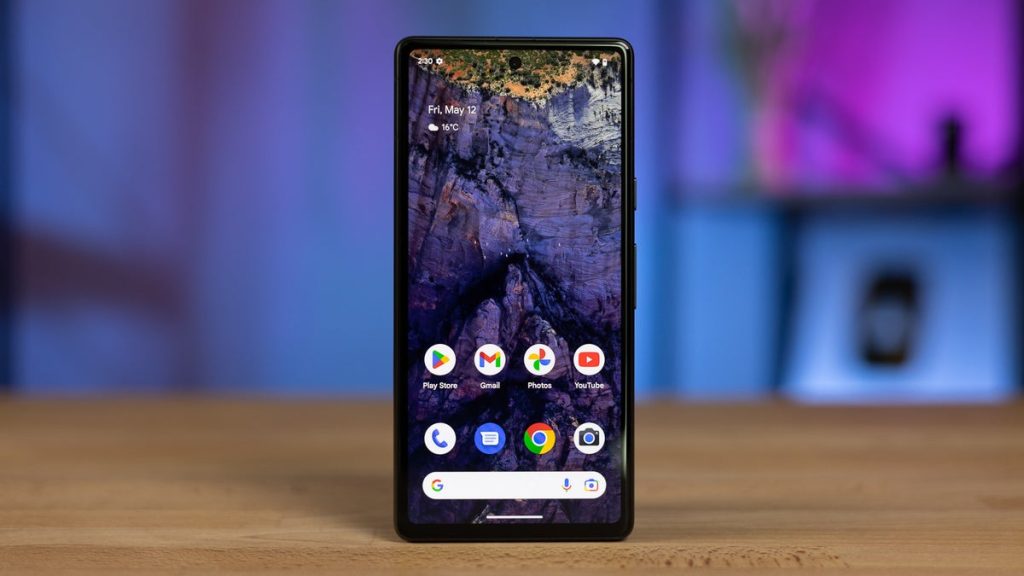
However, the 7a shines within its category. Google’s software expertise delivers a clean and updated experience, while the primary camera produces excellent images despite the missing lenses. Plus, the vibrant 90Hz display is a bonus at this price point.
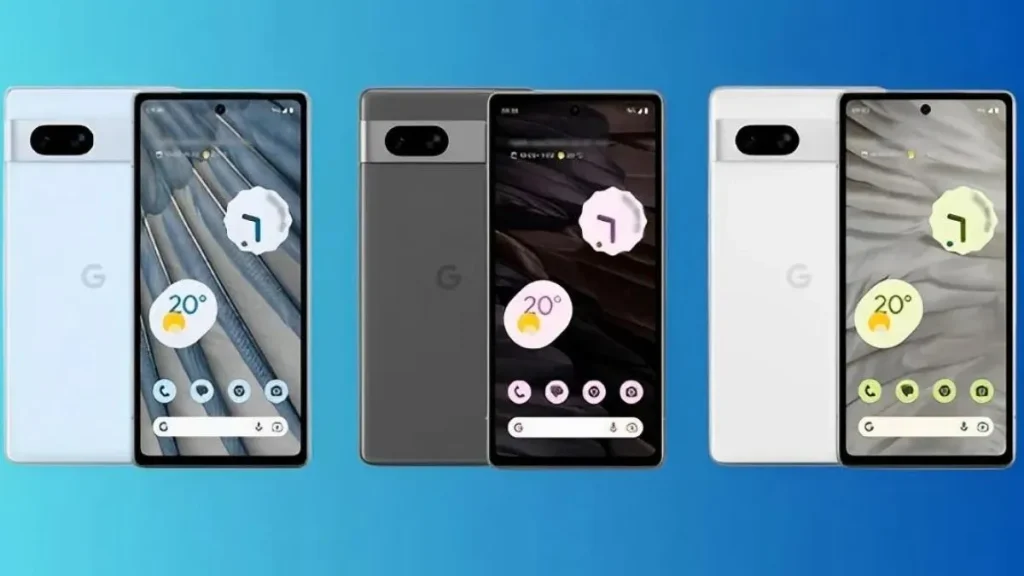
Ultimately, if cutting-edge tech and multiple camera options are your priority, a flagship might be the way to go. But for users seeking a balance between affordability, a great camera, smooth software, and a decent display, the Pixel 7a is a strong contender in the midrange market.
3. Motorola Moto G Stylus 5G (2023):
The Motorola Moto G Stylus 5G (2023) comfortably settles in the midrange category due to its price, specs, and features. While its $400 starting price is competitive within its segment, it falls short of flagships costing double or even triple that amount.
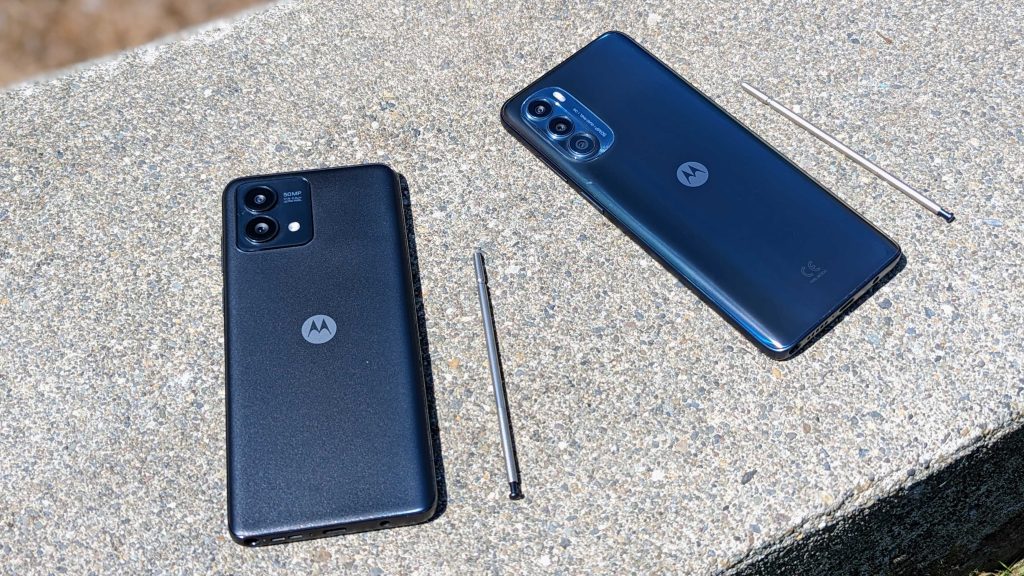
The phone utilizes the mid-range Snapdragon 695 5G chip, delivers decent camera performance with a 50MP main sensor, and features a plastic build. These aspects, along with the absence of features like wireless charging and high water resistance, solidify its midrange status.
However, the Stylus boasts unique features that set it apart. The built-in stylus caters to creative users and those who value precise on-screen interaction. Additionally, the phone offers a large and smooth 120Hz display and impressive battery life, exceeding many midrange competitors.
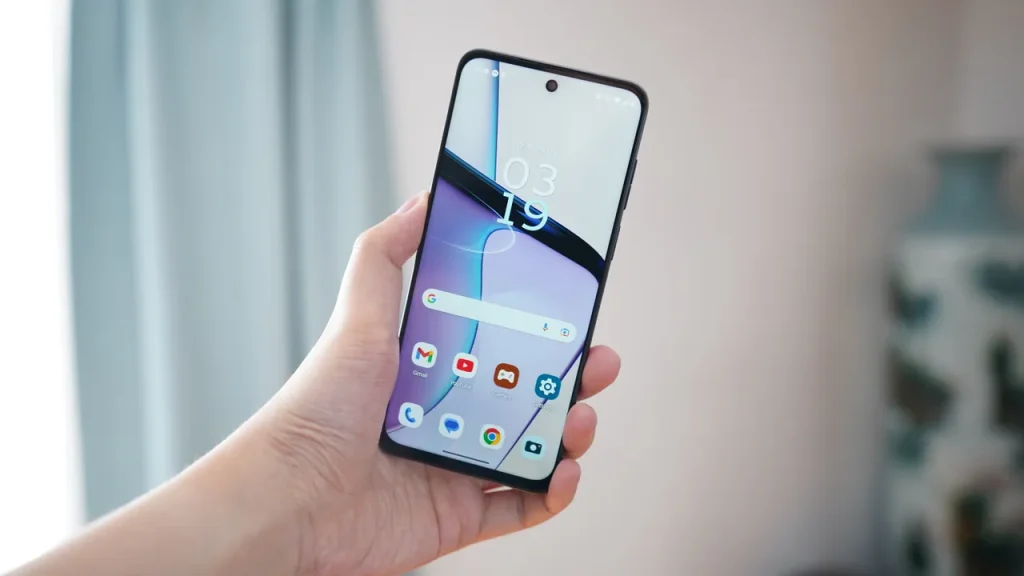
Ultimately, if cutting-edge tech and top-of-the-line features are your priority, a flagship might be the better choice. But for users seeking a unique stylus experience, a large display, long battery life, and good value at a midrange price point, the Moto G Stylus 5G (2023) stands out as a strong contender.
4. OnePlus 12R:
While technically a midrange phone, the OnePlus 12R stands out as a top contender thanks to several key features.
Firstly, it packs a flagship-level punch with the powerful Snapdragon 8 Gen 2 processor, handling demanding games and apps with ease. Secondly, the ultra-fast 150W charging is unmatched, fueling the phone in mere minutes, while the large 5500mAh battery ensures all-day usage. The design and display also impress, boasting a sleek frosted glass back and a vibrant 120Hz AMOLED display, features typically found in higher-end devices.
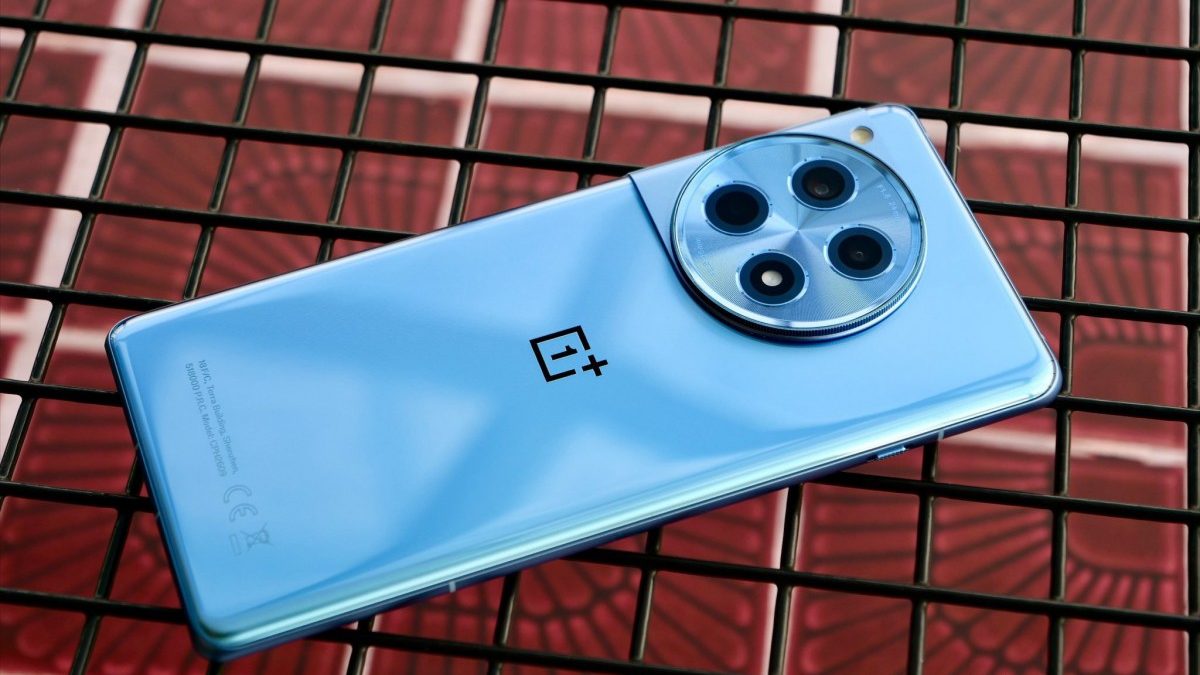
However, some trade-offs exist. The camera falls short of flagships, lacking telephoto and macro lenses. Software updates are guaranteed for a shorter period compared to premium phones, and water resistance is absent.
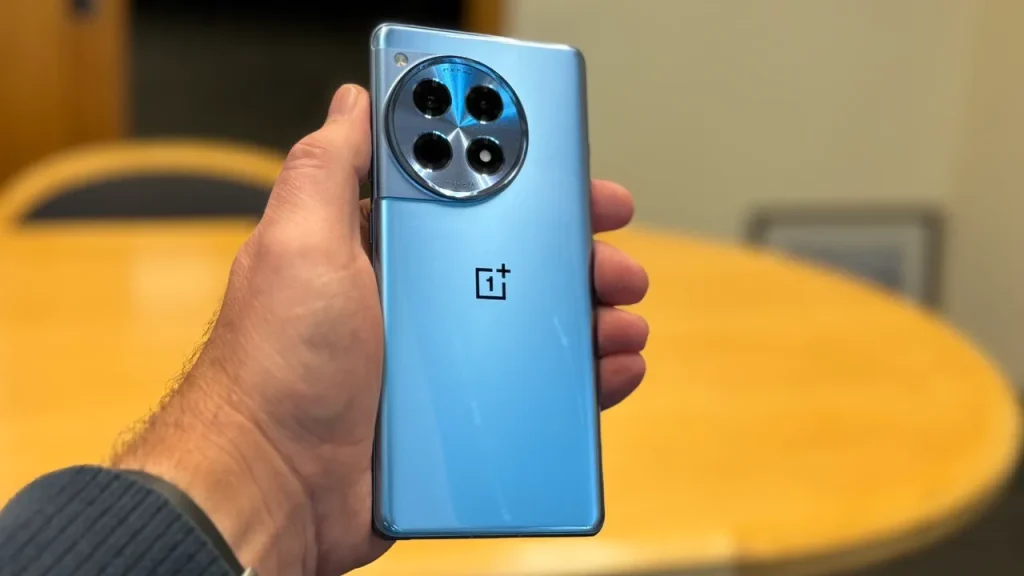
Overall, the OnePlus 12R offers incredible value, delivering flagship-like performance, blazing-fast charging, and a premium design at a midrange price. If camera prowess, long-term software support, and water resistance are top priorities, a flagship might be better. But for users seeking raw power, speed, and a stylish design without breaking the bank, the 12R is a compelling choice.
5. Google Pixel 6a:
While the Pixel 6a might not be the absolute king of the midrange, it stands strong as a top contender, particularly for those who value certain features.
Its biggest strengths lie in the camera department. Google’s software magic allows the 6a to capture sharp, vibrant photos and excel in low-light conditions, rivaling even some pricier phones. Additionally, running pure Android directly from Google translates to a clean, bloatware-free experience with guaranteed updates for years, a major plus for software enthusiasts. Finally, the 6a offers a good balance of features and performance at a competitive price point, making it a solid value proposition.
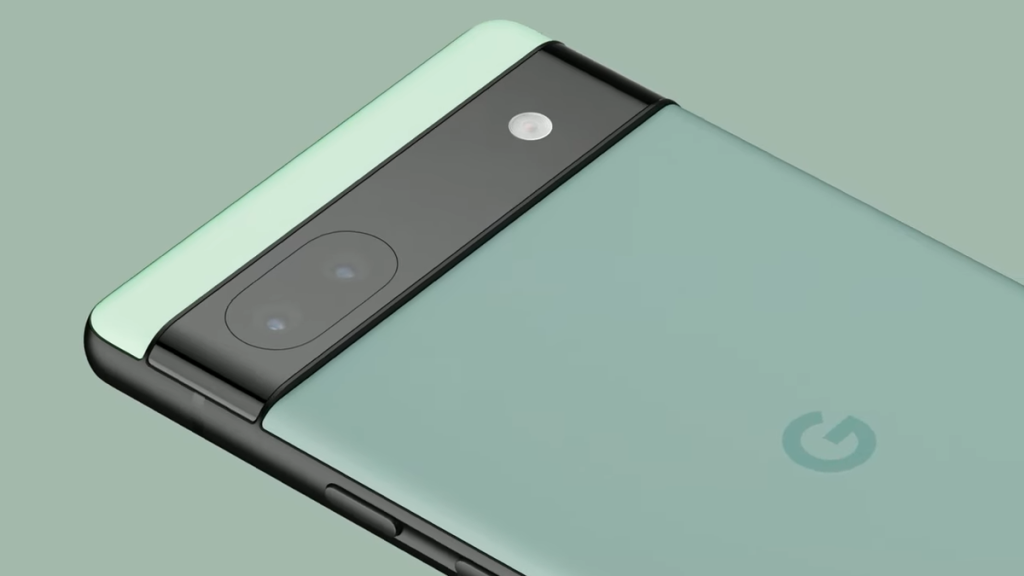
However, the 6a does come with some trade-offs. The processor, while decent, isn’t the latest, and the plastic build feels less luxurious compared to flagships. Some extra features like wireless charging and water resistance are also missing.
Ultimately, the Pixel 6a shines in camera quality, software experience, and value. If these aspects are your priority, it’s a fantastic choice. But for raw power, premium materials, or specific features, consider exploring other options or even venturing into flagship territory. The best midrange phone depends on your individual needs and budget.
6. Xiaomi Redmi Note 12 Pro:
The Xiaomi Redmi Note 12 Pro muscles its way into the “Best Midrange” conversation thanks to its impressive specs and attractive price tag.
It boasts a powerful MediaTek Dimensity 8100 chip for smooth performance, a stunning 120Hz AMOLED display for immersive visuals, and a long-lasting 5000mAh battery with 67W fast charging. The quad-camera system, featuring a 50MP main sensor, ultrawide, telephoto, and macro lenses, caters to varied photography needs. All of this comes at a starting price of around $300-$400, making it a serious budget-friendly contender.
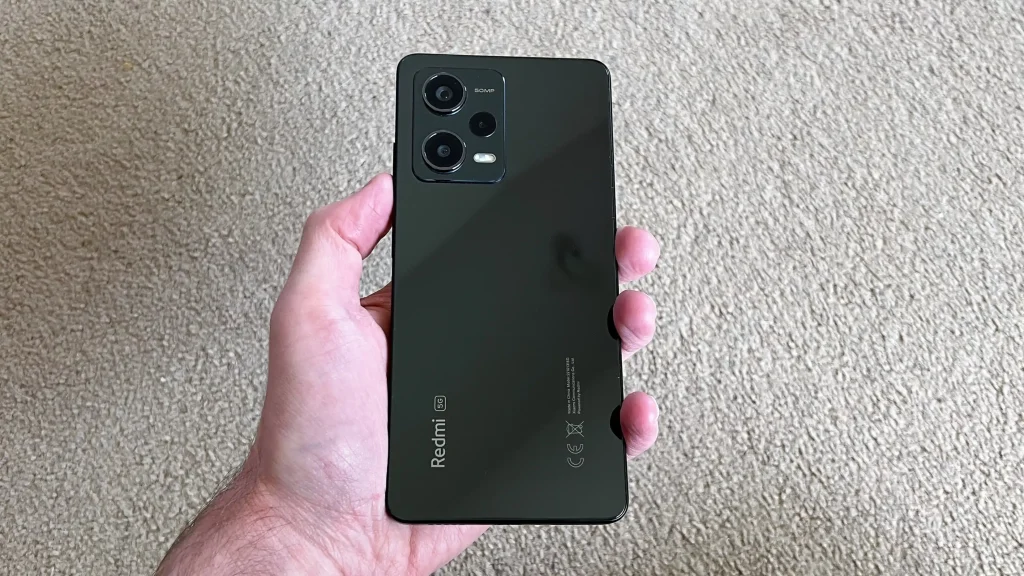
Overall, the Redmi Note 12 Pro offers excellent value for its price, balancing its powerful specs and diverse features with some minor drawbacks. If you prioritize performance, display quality, battery life, and a versatile camera system without breaking the bank, this Xiaomi phone deserves strong consideration.
7. Samsung Galaxy A34 5G:
The Samsung Galaxy A34 5G carves its niche in the midrange arena with a stunning 120Hz AMOLED display, ensuring an immersive viewing experience. The reliable Dimensity 1080 chip delivers smooth performance for daily tasks, and the massive 5000mAh battery offers peace of mind with all-day usage. Additionally, the decent triple-camera setup caters to casual photographers, and expandable storage keeps space worries at bay.
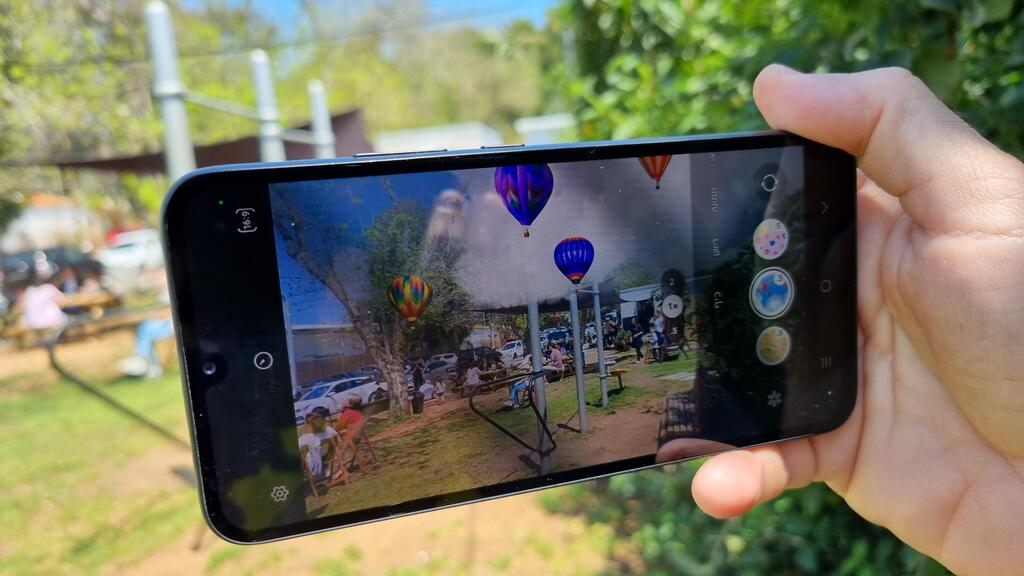
However, some trade-offs exist. Compared to Google Pixels, the A34 receives fewer software updates, potentially impacting users who prioritize long-term support. The plastic build, while durable, feels less luxurious than pricier competitors, and the lack of official water resistance necessitates caution around liquids. Additionally, the 25W charging speed falls short of faster options available elsewhere.
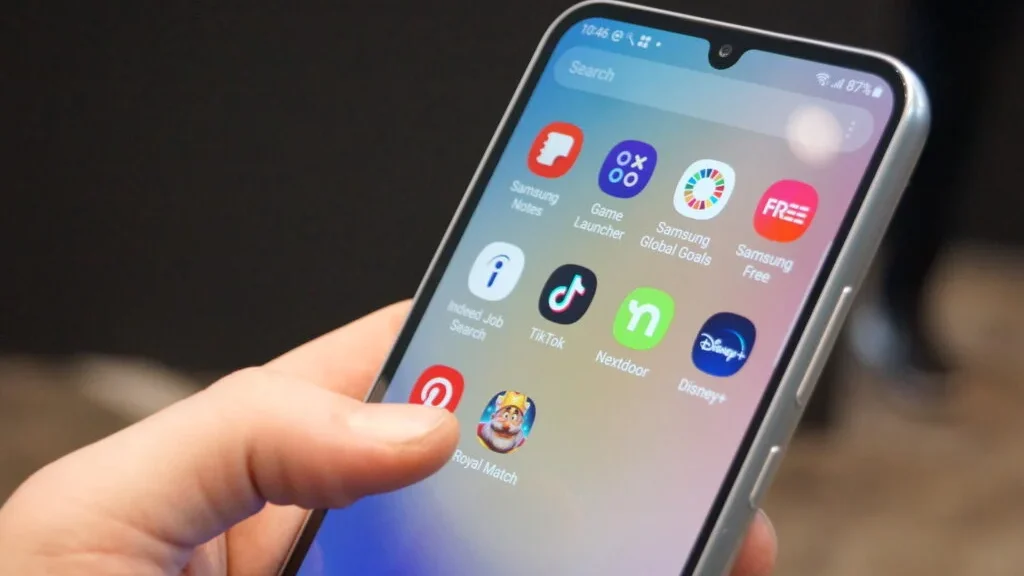
Ultimately, the A34 shines in display quality, battery life, and decent camera performance at a competitive price. If these align with your priorities and you’re comfortable with the trade-offs, the A34 is a strong contender. But for cutting-edge software support, premium materials, or faster charging, explore other options or even flagship territory. Remember, the best midrange phone depends on your specific needs and preferences.
Before hitting that “Buy” button, consider your priorities. Do you value camera prowess, a smooth display, raw power, or a unique feature like a stylus? Research your options, read reviews, and don’t be afraid to compare specs. Remember, the best phone under $500 is the one that perfectly matches your needs and budget.
Don’t forget to factor in carrier deals and trade-in offers, which can significantly lower the cost of your new phone. Happy hunting!






GIPHY App Key not set. Please check settings